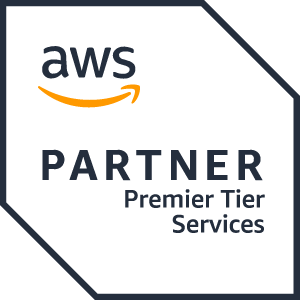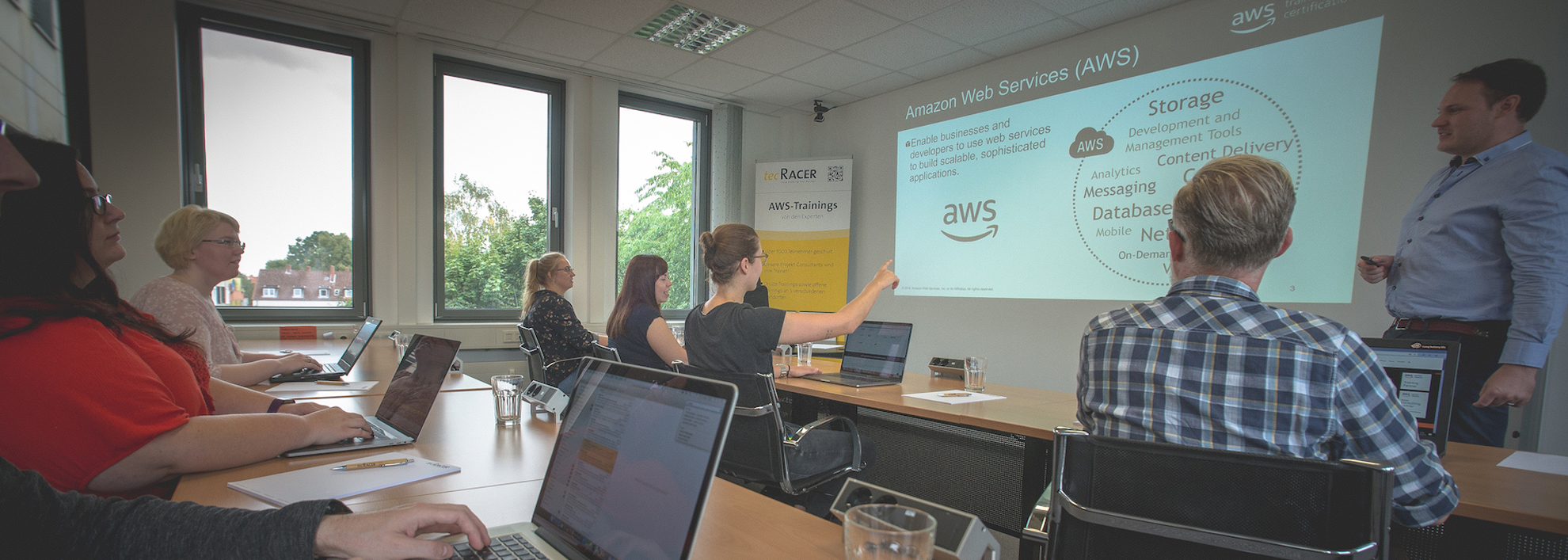Container Essentials – Docker
Container Essentials – Docker Training
current course dates can be found at the bottom of this page … company training available on request!
COURSE DESCRIPTION
After completing the course, you will have the following knowledge and skills:
- Understanding the basics of Docker
- Using basic commands correctly
- Building your own container images
- Manage containers or multiple containers
- Understand the advantages and disadvantages of Docker
COURSE DURATION / PRICE
- 1 day / € 750.00 (excl. tax) per person (DE)
Can be combined with Container Essentials – ECS and – Kubernetes as desired.
IMPORTANT: Please bring your notebook (Windows, Linux or Mac) to our training. If this is not possible, please contact us beforehand.
Course materials are in English, on request also in German (if available).
Course language is German, on request also in English.




